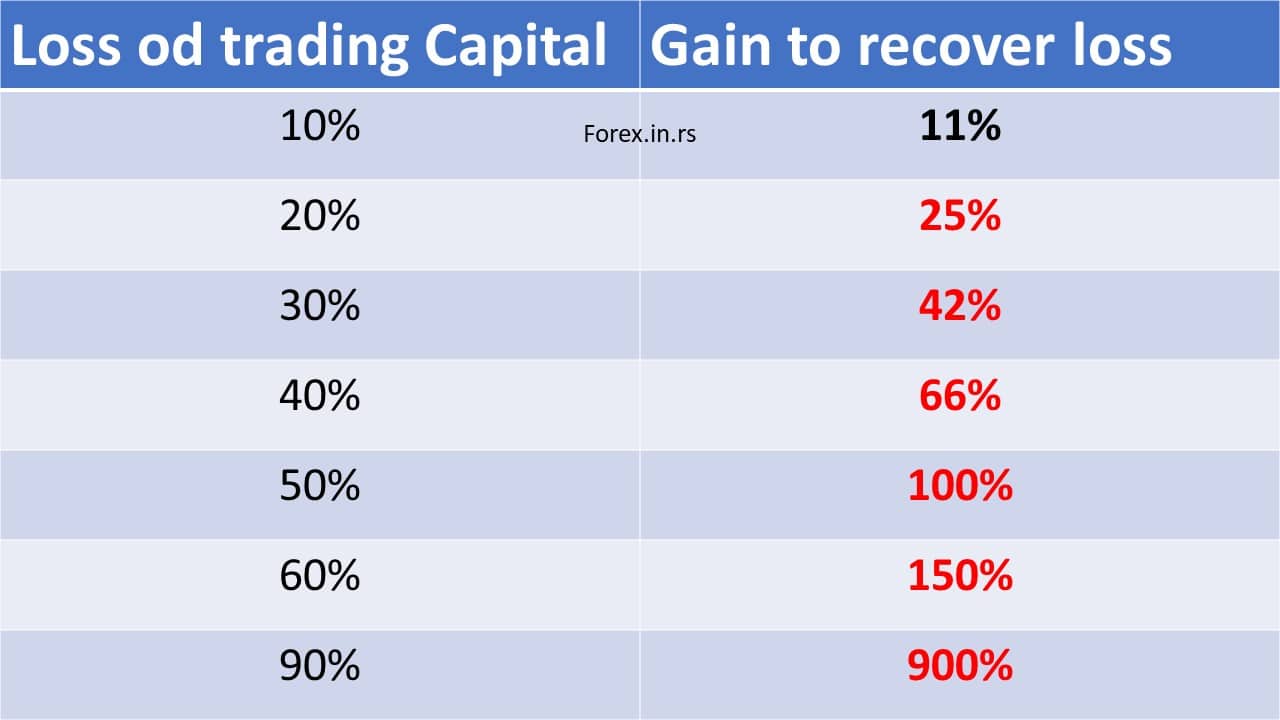Table of Contents
Essentially, lot size refers to the number of units of a financial instrument that one buys or sells in a single trade. Different markets have varying standard lot sizes; for example, in the stock market, a standard lot might consist of 100 shares, whereas in the Forex market, a standard lot represents 100,000 units of the base currency.
By choosing the appropriate lot size, investors can tailor their investment strategies to match their risk tolerance and financial objectives. Understanding and effectively managing lot size is a fundamental aspect of trading that can significantly influence an investor’s success and longevity in the financial markets.
Usually, prop companies offer 100K funded accounts. Let us discuss money management and the correct position size.
What is the Proper Lot Size Position for a 100k Account?
The proper lot size position for the $100K intraday trader’s account, which manages its own capital, should be less than four lots, risking less than $1000 daily. However, if the trader manages a funded account, the correct lot size should be less than one lot, risking less than 0.25%. Swing traders should have a smaller position size.

Recovering from a loss in the financial markets can be challenging due to the mathematics of percentages and returns. The core of the issue lies in the asymmetrical nature of loss and gain percentages. For example, if an investment loses 20%, it doesn’t require a 20% gain to break even; instead, it requires a 25% gain. This is because the loss has reduced the base amount from which any percentage gain is calculated. After a 20% loss, the investment is worth 80% of its original value, so a 25% gain on this reduced base is necessary to return to the original value.
The situation becomes more stark with a 50% loss. To recover from a half reduction in value, an investment must double, which is a 100% gain, to return to its starting point. This discrepancy arises because the gain is calculated from a diminished base. After a 50% loss, the remaining value serves as the new reference point for any percentage-based recovery, meaning the investment needs to grow from half its original value back to its total value, requiring a gain equal to 100% of the diminished value.
This asymmetry highlights the importance of risk management and loss prevention in investing. A significant loss requires disproportionately larger gains to recover, illustrating why many investors prioritize avoiding large drawdowns. The mathematics behind recovery after a loss emphasizes the necessity of maintaining disciplined investment strategies and underscores the impact of volatility on investment returns.
Determining the correct position size for a trading account, such as a $100,000, involves considering risk tolerance, trading style, and whether others personally own or manage the capital. Let’s break down the different scenarios outlined:
For an Intraday Trader with Own Capital
- Lot Size: Less than four lots
- Daily Risk: Less than $1,000
The strategy for an intraday trader managing their own $100,000 account involves relatively higher risk tolerance, given the larger lot size and daily risk allowance. The rationale is to capitalize on short-term market movements. A less than $1,000 daily risk limit suggests a 1% threshold of the account’s total capital, aligning with conservative risk management principles. The choice of less than four lots ensures that the trader can manage the positions effectively without overexposing the account to market volatility.
For an Intraday Trader with a Funded Account
- Lot Size: Less than one lot
- Daily Risk: Less than 0.25%
The risk tolerance significantly decreases when the capital is not personally owned but provided by a funding entity. The prescribed lot size of less than one lot and a risk limit of less than 0.25% reflect a highly conservative approach. This conservative stance is necessary to protect the interests of the capital providers and ensure that the trading strategies are executed with a high level of risk aversion.
For Swing Traders
- Position Size: Smaller than for intraday trading
Swing traders, who hold positions for several days to weeks, face different market risks, such as overnight and weekend holding risks, than intraday traders. Consequently, it’s recommended that swing traders use a smaller position size compared to intraday traders. This conservative approach accounts for the increased exposure to unpredictable market moves outside regular trading hours.
General Considerations
Regardless of the trading style or account type, the fundamental principles of risk management and position sizing are to preserve capital and ensure longevity in trading. Using a percentage of the total account balance to define risk limits helps manage losses effectively and ensures traders can recover from downturns without significant capital erosion. Each trader must adjust these guidelines based on risk tolerance, trading strategy, and market conditions.
























